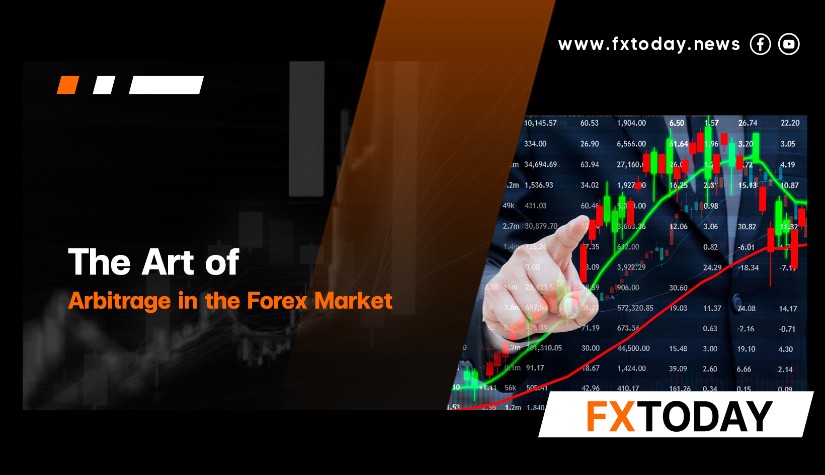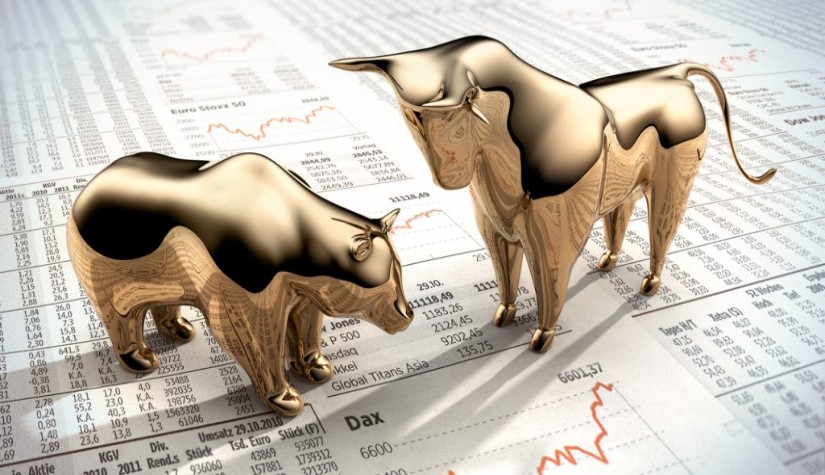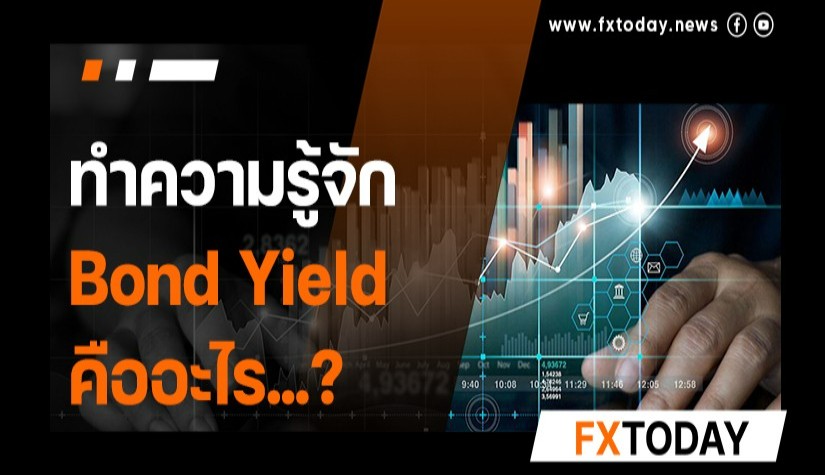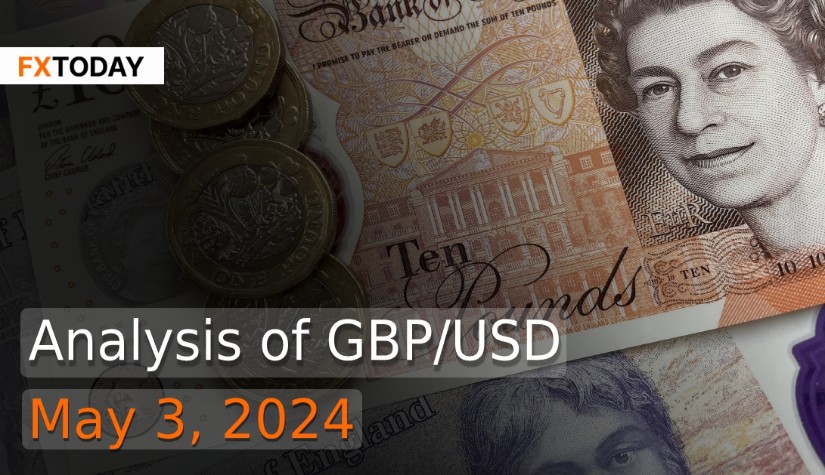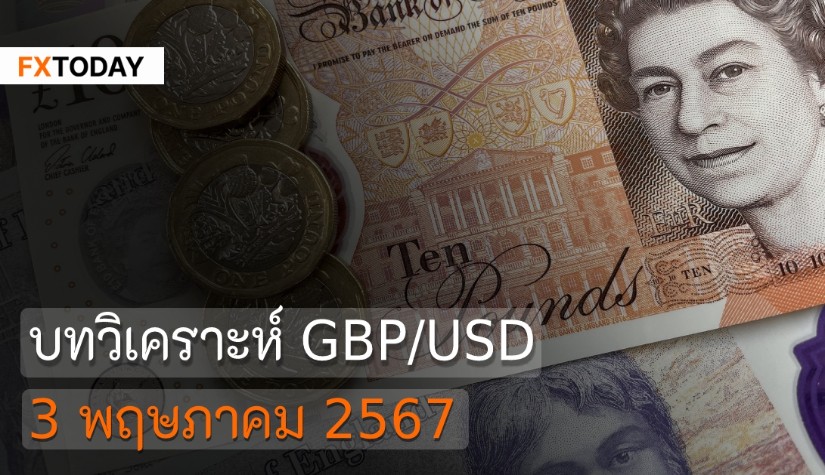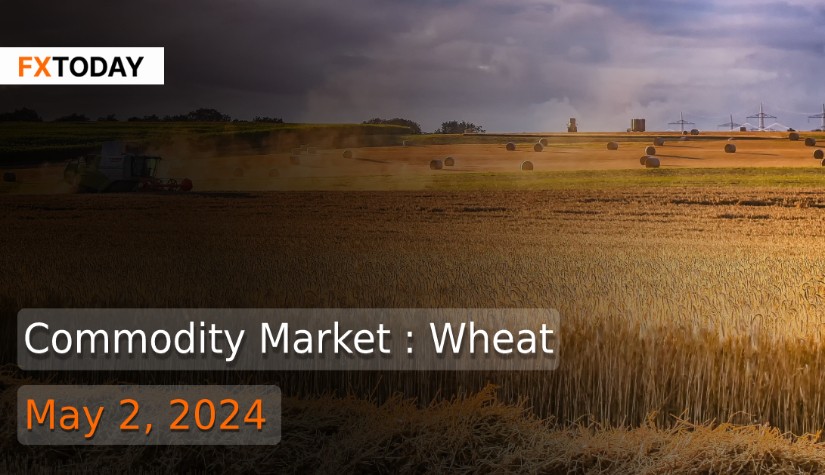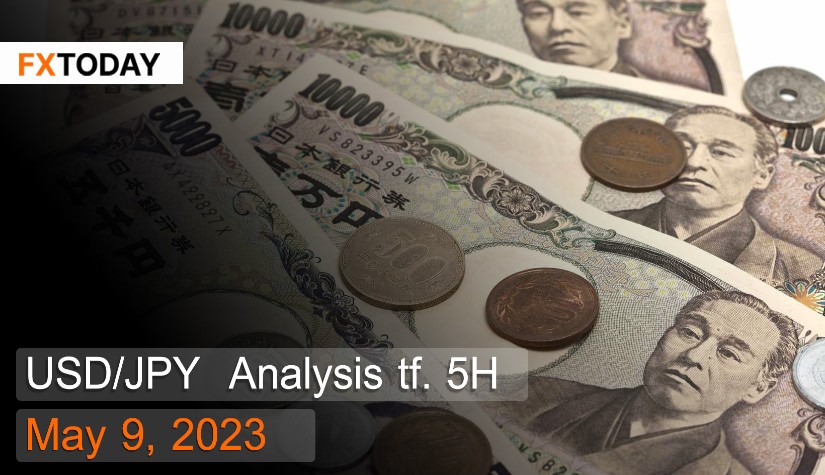This article is designed to provide traders with a different tactic in the Forex market, offering a way to enhance profit possibilities among market fluctuations. The strategy in focus is 'Arbitrage.' So, what is the application of Arbitrage in the Forex market? This article will shed light on the answer.
Definition of Arbitrage
Arbitrage is the practice of profiting from the price deviation
between currency pairs while concurrently reducing risk. Traders take advantage of brief irregularities in exchange rates.
Various factors like market inefficiencies or delayed news dispersal lead to Arbitrage strategies. Traders monitor price information from diverse trading platforms to enhance profit potential.
Types of Arbitrage
Forex market Arbitrage primarily divides into three types:
1. Two-Point Arbitrage
This Arbitrage variety capitalizes on price variations between two currency pairs across distinct markets. For example, if one market's EUR/USD exchange rate is 1.20 and another's GBP/EUR rate is 1.30, a trader can purchase GBP with USD and transform GBP to EUR, for profit-generating.
2. Triangular Arbitrage
This approach leverages differences among three currency pairs. Traders use the connection between currency pairs such as EUR/USD, GBP/EUR, and GBP/USD, executing quick trades to profit from these price variations. By using the exchange rates between these currency pairs, traders can ensure profits without any exposure to currency risk.
3. Latency Arbitrage
This strategy capitalizes on the time delay in data transmission to take advantage of price disparities. This delay can initiate market instability, leading some traders to possible losses, while others find opportunities to trade in the space created by these delays, thereby securing profits. Latency Arbitrage focuses on using these execution delays to buy or sell, allowing traders to benefit from price distinctions.
The Benefits of Arbitrage
The primary benefit of Arbitrage is its potential to allow traders to capitalize on price disparities and identify profitable opportunities. Even with narrow margins, high-frequency trading, and large trade volumes can substantially amplify the chances of earning profits. Furthermore, Arbitrage trading involves small risk, as the opportunities to profit in the market occur briefly, involving the purchase of underpriced assets and their resale at higher prices.
The Drawbacks of Arbitrage
While Arbitrage offers the chance to gain from divergent currency pairs in the market, it also comes with drawbacks. The forex market is notably unstable and defined by its worldwide trading of currency pairs and swift transaction activities. This instability leads to continuous changes in price charts. Thus, traders should maintain their trading operations to minimize the risks tied to the market's fluctuations.
Conclusion
Arbitrage, a strategy capitalizing on price variations between two or three currency pairs, aims to identify openings for profit generation. This strategy permits traders to exploit situations with relatively low risk since it involves immediate trading.
However, the swift execution of trades can leave less cautious traders at risk of potential losses. Considering the inherent instability of the forex market, traders need to employ a consistent trading strategy to prevent risks. Traders should understand Arbitrage strategies comprehensively and set suitable Take-Profit and Stop-Loss levels to guarantee efficient and risk-controlled trading.
___________________________
Maximize your knowledge: Blog
Keep up to date on global events: News
Updated
10 months ago
(Jun 19, 2023 10:29)

